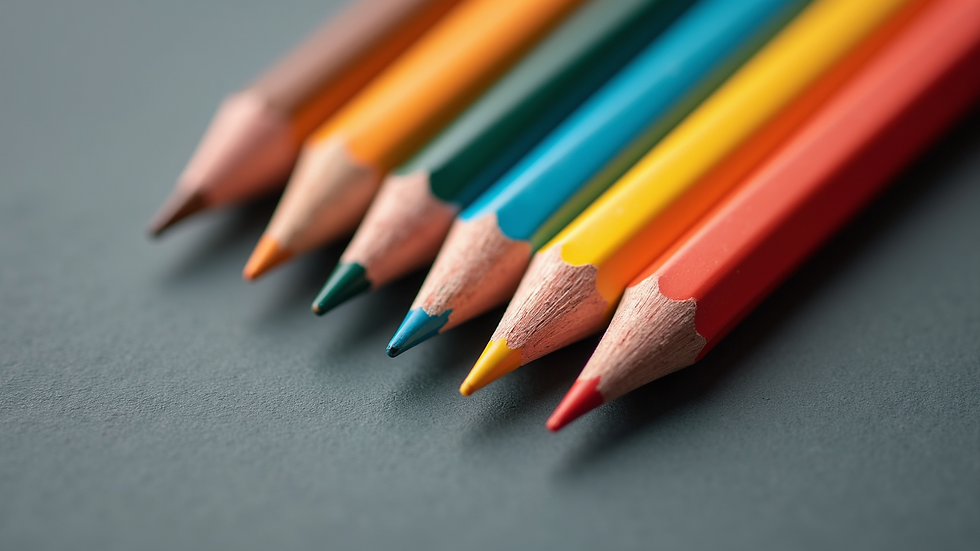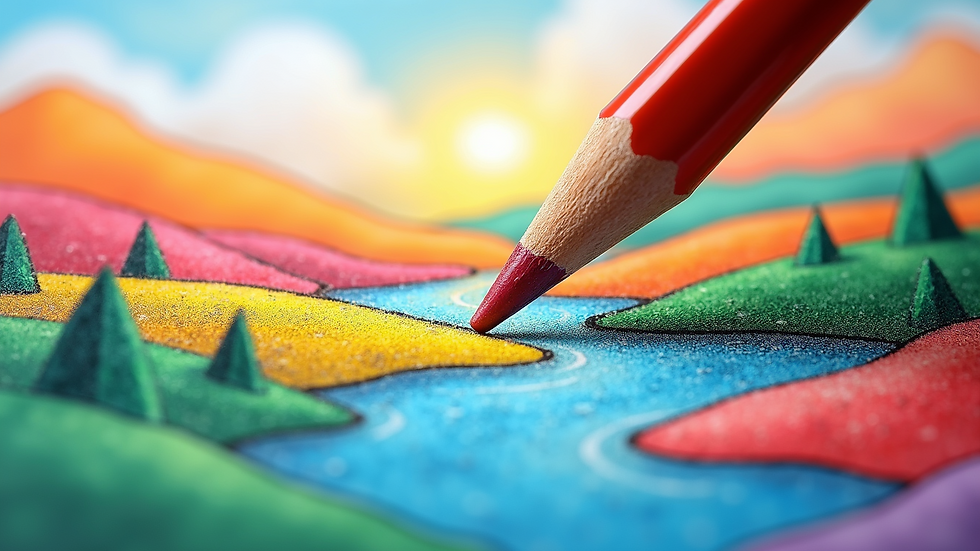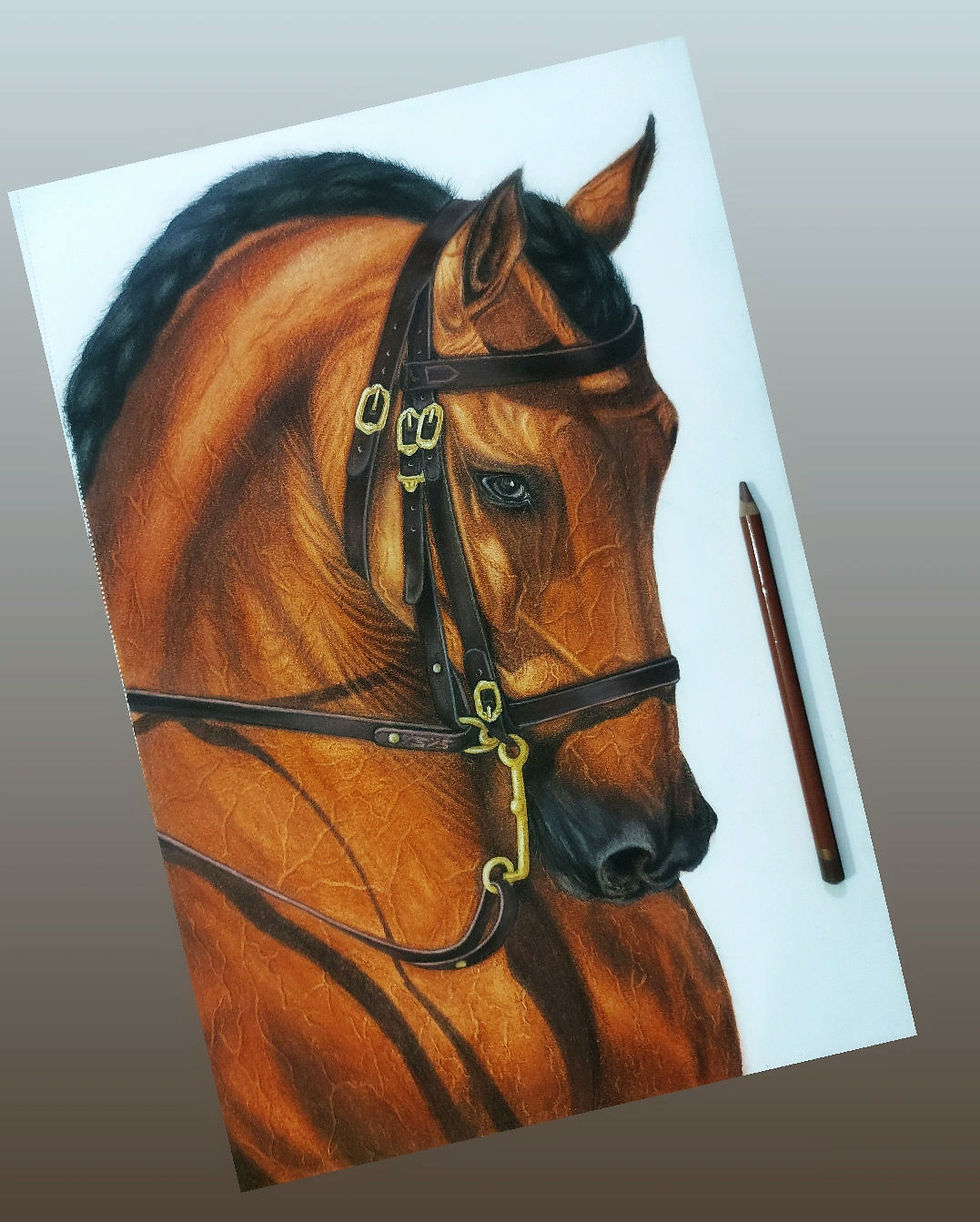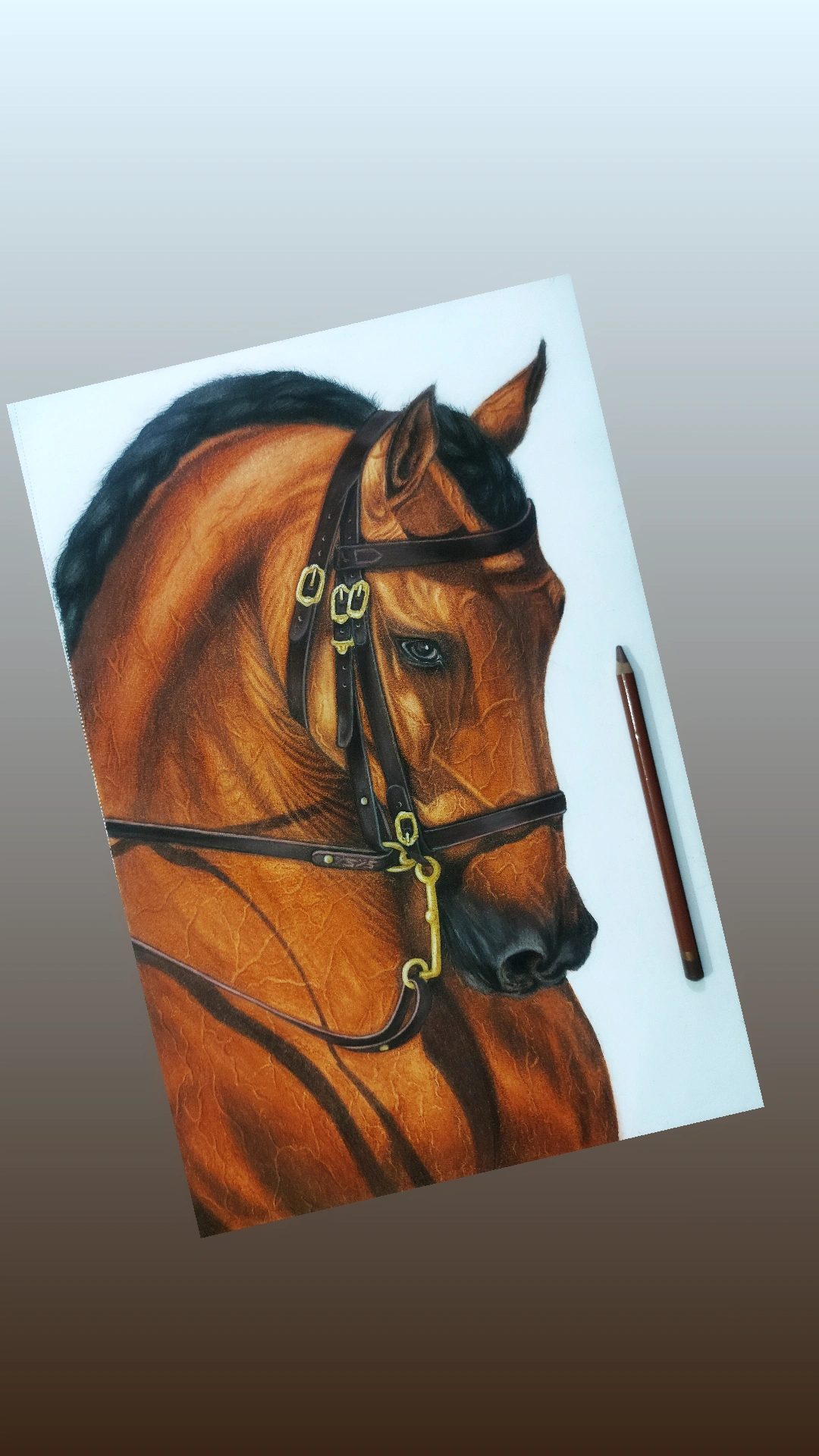
Mastering the Color Pencil Technique in Drawing
- sachin sathawane
- Jul 23
- 4 min read
Color pencils are a versatile tool for artists of all levels. Whether you're just starting out or are a seasoned professional, the ability to manipulate color pencils effectively can open up a world of artistic possibilities. In this blog post, we will dive into the fascinating techniques of color pencil drawing, exploring methods, tips, and techniques to help you create stunning artwork. With this guide, you'll be able to enhance your drawing skills and expand your creativity with color pencils.
Understanding Color Pencil Basics
Before diving into techniques, it's essential to understand the materials you will be working with. Color pencils consist of a pigment core encased in wood or pressed into a plastic barrel. This construction allows for a range of application methods, from light strokes to heavy layering.
There are two primary types of color pencils: wax-based and oil-based.
Wax-based pencils are softer and easier to blend, making them a popular choice for beginners.
Oil-based pencils are firmer and offer better pigmentation and longevity, but they may take a bit more practice to master.
Regardless of your choice, experiencing both types can help you discern your preferences in drawing.

A Breakdown of Techniques for Color Pencil Drawing
Color pencil drawing offers a plethora of techniques to explore, each contributing to unique styles and effects. Here are some common and effective methods to incorporate into your artwork.
1. Layering Colors
One of the most fundamental techniques is layering colors to create depth and richness. Start by applying a light layer of color, allowing it to dry before adding another layer. This technique helps build a more complex color mix, rather than relying on a single pencil color.
For example, if you want to depict a green leaf, begin with a light yellow-green as a base. Once this layer is dry, apply a mid-tone green, then finish off with a darker green for shadows. Keep blending until the transition is smooth.
2. Blending Techniques
Blending is crucial in achieving a polished finish in your color pencil drawings. There are several methods to blend colors effectively:
Burnishing: Use a colorless blender or a light-colored pencil to press down on your previously applied colors, smoothing them out and intensifying their brightness.
Paper blending: Use a piece of paper or tissue to blend your colors, rubbing it gently over the drawing.
Solvent blending: Innovative artists often apply a small amount of solvent, such as rubbing alcohol, which can help dissolve the wax and blend colors seamlessly.
These techniques can help create a smooth texture and realistic shading in your artwork.

Tips for Effective Color Pencil Drawing
While techniques are essential, some practical tips can further enhance your color pencil drawing skills. Below are some recommendations to keep in mind:
1. Choose Quality Materials
Investing in high-quality color pencils can make a significant difference in your art. While it may be tempting to reach for the cheapest options, premium pencils typically have better pigmentation and blend more easily.
2. Maintain Sharp Tips
To achieve detailed work, keep your pencils sharpened. Use a good-quality sharpener to maintain a fine point, allowing you to access intricate details in your drawings.
3. Practice Consistently
Improvement comes with practice. Set aside dedicated time for drawing with your color pencils. Try experimenting with various techniques, subjects, and styles to develop your unique artistic voice.
4. Reference Images
Using reference images can significantly improve your sense of proportion, lighting, and color. Capture images that inspire you, or approach everyday objects and capture their essence with your pencils.
Final Touches: Enhancing Your Artwork
Achieving that final look can often be the most satisfying part of the process. Here are a few techniques to consider as you complete your work:
1. Adding Highlights
Adding highlights can dramatically elevate your artwork. Use a sharpened white or light-colored pencil to create reflective areas or to emphasize bright points in your illustration.
2. Protective Fixative
Once you've completed your drawing, consider using a fixative spray to protect your work. This spray will help keep the colors vibrant and minimize smudges from handling.

Embracing Your Artistic Journey
Art is an evolving journey, and mastering the color pencil technique will take time and dedication. Embrace the learning process and allow yourself the freedom to experiment.
In summary, whether you are sketching, illustrating, or creating vibrant landscapes, the color pencil technique offers limitless opportunities for expression. Remember to enjoy the process, keep practicing various methods, and most importantly, let your creativity flow.
As you develop your skills, you’ll find that not only can you create stunning art, but you will also gain a deeper understanding of colors, shadows, and textures. Use this kn

owledge to create your unique style, and never hesitate to seek inspiration or guidance from fellow artists. Happy drawing!










Comments